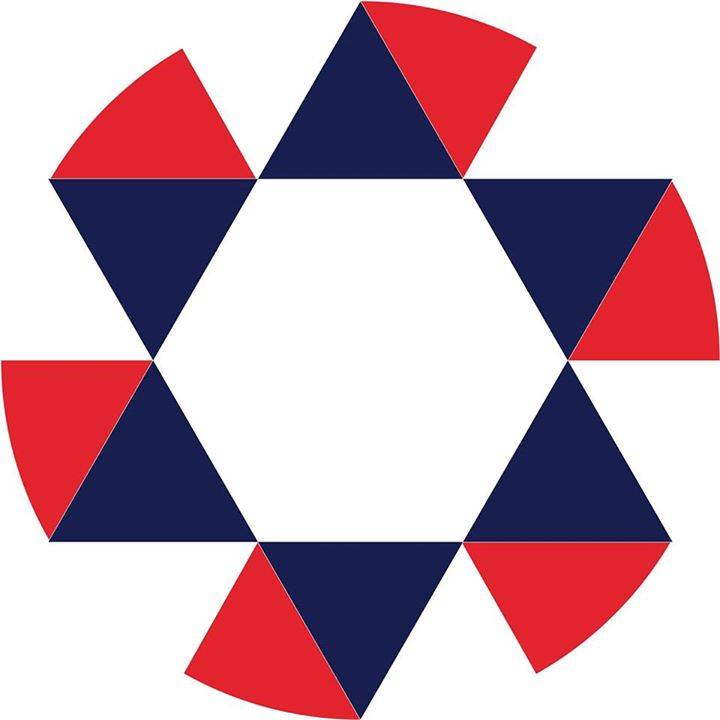What is the reason of R. Meir? Abaye said: Lest it die. R. Zera said: Lest it escape. Concerning an elephant securely bound, all agree [that the Sukkah is valid], since even if it dies, there is still ten [handbreadths height] in its carcass. Regarding what then do they dispute? Regarding an elephant which is not tied up. According to the one who says: Lest it die, we are not concerned; According to him who says, We fear lest it escape, we are concerned.
יכול לעשות מחבירו דופן לסוכה להכשירה ואפילו ביום טוב ובלבד שלא ידע אותו שהועמד שם שבשביל מחיצה הועמד שם אבל בחול אפי' אם הוא יודע שפיר דמי: הגה ואפי' בי"ט אינו אסור אלא באותן ג' דפנות המתירים הסוכה אבל בדופן רביעית שרי (השגת הראב"ד והמגיד פרק ד' דסוכה) וע' לעיל סי' שס"ב סעיף ה':
One can utilize a friend to be a wall of the sukkah and it will be a kosher sukkah. Even on Yom Tov, so long as that person doesn't know they are a sukkah wall (which would violate the prohibition of building on Yom Tov). On the intermediate days, one can know they are the wall, and it is fine.




